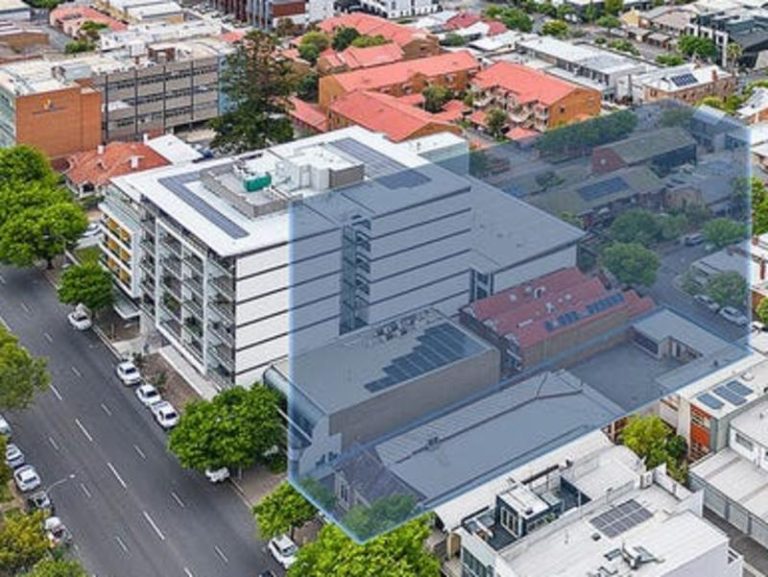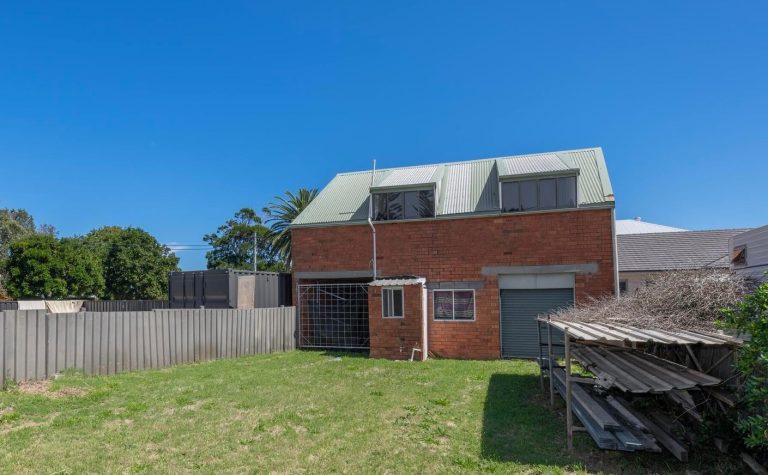Housing needs in full flight as migration rises

PropTrack’s director of economic research Cameron Kusher said the elevated return of migrants would coincide with students arriving for university, with both groups requiring places to live.
A lift in the migration cap, which could see thousands of additional people enter the country, will put additional pressure on Australia’s beleaguered residential rental market. And big developers have pointed out the coming shortage could prompt a price spike in big city markets where affordability is already at record lows.
Labour shortages and record low unemployment levels prompted the federal government earlier this month to increase the nation’s migration cap to 195,000 people this financial year, allowing an additional 35,000 to call Australia home. But the elephant in the room remains the housing supply and a lack of commitment to addressing the issue from federal and state governments.
PropTrack’s director of economic research Cameron Kusher said the elevated return of migrants would coincide with students arriving for university, with both groups requiring places to live.
“Most of that demand for housing is initially at least for rental housing but we’ve already got this situation where there’s not enough rental supply,” Mr Kusher said.
“There seems no quick fix to that. Sydney and Melbourne have got a lot of built-to-rent being built and in other parts of the country there is very little, and very little new build-to-sell investor product coming into the market.”
Big developers are seeing the change on the ground.
“What is going to happen, without a shadow of a doubt, is that net migration is going to turn back on at the exact same time as we have the lowest level of apartment completions since 2017,” Mirvac chief executive Susan Lloyd-Hurwitz said.
“We’re going to get a significant under-supply on the east coast. At the same time as that we suddenly have 190,000 people per annum.
“And you can see immediately what happens to vacancy rates. “When we had 27,000 people arrive in Sydney and Melbourne in a quarter … you saw in Sydney and Melbourne vacancy rates could go from 8 per cent to sub 1 per cent almost immediately. Quite simply, we’re not building enough stock to cope with the increased population, which will put pressure on prices.”
Investor-focused buyer’s agency Propertyology estimates that in addition to the near 200,000 permanent skilled migrants per year that the federal government committed to, the annual international student visa intake is on track for 500,000.

Mirvac CEO Susan Lloyd-Hurwitz.
Founder and head of research Simon Pressley does not believe the housing market can cope with all the additional demand.
“In less than a year from now, there will be hundreds of thousands of people living in makeshift shelters such as the back seat of a car, a friend’s garage or a tent,” he said.
“To get people back into proper homes, governments will soon be forced to accept that private investment in housing must be accelerated. It is inevitable that Australia will enter an investor-driven property boom, maybe as soon as 12 months from now.”
Mr Pressley anticipates the disbursement patterns of migrants to be quite different over the next 10 years compared with the past decade. Locations with the highest demand for skilled labour are now more widespread, leading to the profile and broader appeal of other areas, including regional, to be much higher now.
Federal Housing Minister Julie Collins said “Labor is acutely aware of the current housing challenges”, referring to the unlocking of $575m through the National Housing Infrastructure Facility to invest in social and affordable housing and an election promise of 30,000 new social and affordable housing properties via the $10bn Housing Australia Future Fund.
“We are working closely with our colleagues, state counterparts, industry and business to ensure that we can secure both an adequate workforce and affordable housing,” she said.
“We know more Australians are being forced to rent because they have been unable to buy their own home, and these measures will help ease the pressure on the rental market as more people move into home ownership.
Mr Kusher noted it generally takes several years for a new arrival in Australia to buy or build their own home, with many choosing to rent as they get their bearings and embed themselves in a new culture and community, adding there has been a drop in the amount of investor-grade housing stock that came onto the market through the recent construction boom.
Urban Taskforce chief executive Tom Forrest said approvals for highrise apartments more generally had dropped off in almost all jurisdictions across Australia in recent months.
“Last month, there was a total of only 898 highrise dwelling units approved for construction across Australia,” Mr Forrest said.
“This is the lowest number since 2010 and it reflects a trend, led by NSW – the (state) with the greatest physical constraints and the (state) likely to receive the largest number of new immigrants (typically, NSW takes in 33 per cent of immigrants to Australia).”

PropTrack director of economic research Cameron Kusher
The knocking back of highrise apartment approvals would be detrimental over the next few years as migration increased and more international students return, he said.
“If we are going to massively increase migration … demand for apartments will quickly grow. As overseas students also return, further pressure will push up demand for apartments.”
Property Council chief executive Ken Morrison said the formation of Housing Australia and a new National Housing Affordability and Supply Council are vital steps in the right direction, but national housing supply objectives with grunt, including incentives, were needed to encourage more affordable housing.
“We have known for some time now that when overseas migration recovers that the demand for new households will outstrip supply, which is why it is vitally important that federal and state governments work together with the private sector to reduce planning constraints to unlock housing supply,” Mr Morrison said.
“The government’s official forecasts show that between 2025 to 2032 housing supply is set to drop by around one third, right at the time population growth will be rebounding, leaving Australia 163,400 homes short of expected demand. We urgently need a policy framework which provides the housing supply that our growing communities need.”
Mr Forrest said addressing housing supply was the responsibility of the states and territories who, when “left to their own devices, (have shown they have) no appetite for increased numbers”.
“Of course, (state governments) are limited by the cost of infrastructure for greenfield locations, not to mention the impact on native flora and fauna, the impact of bushfires and floods. But for many urban areas, this means there is a need for greater height and greater density,” he said.
“This issue will become increasingly important as governments across Australia cannot afford to service new growth areas located further and further away from the city centre forever.”
Low approval rates were also driving the markets in regional areas, Mr Forrest said.
“This is pushing up prices in markets that have never seen such price and supply pressures in regional towns and cities across Australia,” he said.
“This flows onto rental price increases and ultimately, calls for increased social housing to address increasing homelessness.”







